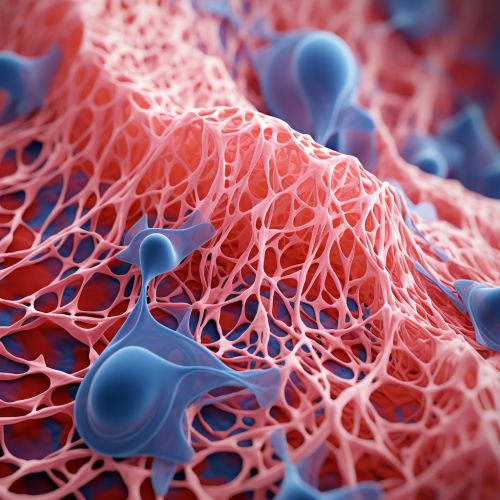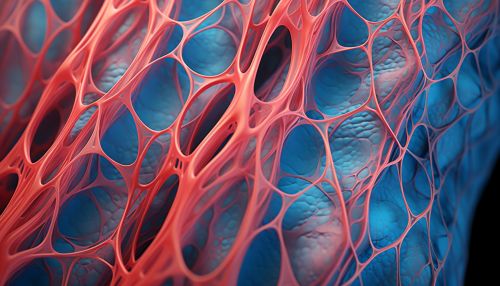The Mechanism of Muscle Regeneration and Repair
Introduction
Muscle regeneration and repair is a complex process that involves the activation, proliferation, and differentiation of muscle stem cells, known as satellite cells. These cells are responsible for the maintenance and repair of skeletal muscle tissue following injury or disease. The process of muscle regeneration and repair is highly regulated by a variety of signaling pathways and molecules, including growth factors, cytokines, and extracellular matrix proteins.
Muscle Structure and Function
Skeletal muscle is a type of striated muscle tissue which is attached to bones by tendons. It is responsible for voluntary movements and is composed of bundles of elongated cells known as myocytes or muscle fibers. Each muscle fiber is a multinucleated cell that contains numerous myofibrils, which are the contractile units of the muscle. The myofibrils are composed of repeating units called sarcomeres, which are the basic functional units of the muscle and are responsible for muscle contraction.
Satellite Cells
Satellite cells are a type of muscle stem cell that reside in a niche between the muscle fiber and the surrounding basement membrane. They are normally in a quiescent state, but upon muscle injury or damage, they become activated and begin to proliferate. Once activated, satellite cells can either return to a quiescent state, differentiate into myoblasts, or undergo apoptosis.
Activation of Satellite Cells
The activation of satellite cells is triggered by signals from the damaged muscle tissue. These signals can include mechanical stress, inflammation, and changes in the extracellular matrix. The activation process involves the upregulation of several genes, including myogenic regulatory factors (MRFs) such as MyoD and Myf5, which are essential for muscle development and regeneration.
Proliferation and Differentiation of Satellite Cells
After activation, satellite cells begin to proliferate and differentiate into myoblasts, which are immature muscle cells. This process is regulated by a variety of signaling pathways and molecules, including the Notch, Wnt, and TGF-β pathways. These pathways regulate the balance between satellite cell proliferation and differentiation, ensuring that a sufficient number of new muscle cells are produced to repair the damaged tissue.
Muscle Regeneration
The process of muscle regeneration involves the fusion of myoblasts to form new muscle fibers, or the incorporation of myoblasts into existing muscle fibers to repair them. This process is regulated by MRFs, including MyoD, Myf5, myogenin, and MRF4. These factors promote the expression of muscle-specific genes and the formation of sarcomeres, leading to the maturation of the new muscle fibers.
Factors Affecting Muscle Regeneration and Repair
Several factors can affect the process of muscle regeneration and repair, including age, disease, and nutritional status. For example, aging is associated with a decline in the number and function of satellite cells, which can impair muscle regeneration. Diseases such as muscular dystrophy and sarcopenia can also affect muscle regeneration and repair by disrupting the normal function of satellite cells and other components of the muscle tissue.


Conclusion
Understanding the mechanisms of muscle regeneration and repair is crucial for the development of therapeutic strategies for muscle diseases and injuries. Future research in this field may lead to the discovery of new targets for therapeutic intervention and the development of novel treatments for muscle disorders.
